The leaders are the same. World market of fighters and TCF in the next five years
Although American analysts do not have a separate forecast for Chinese and Russian-made fighters, Aviation Week believes that 200 fighters will be produced in China within five years and, possibly, 250 machines will be manufactured by enterprises of the Russian United Aircraft Building Corporation (UAC).
According to the cited data, Lockheed Martin, which will produce 492 fighters (31,5 percent of the total market volume), will dominate the world market of fighters and TCF during this period. Boeing will take second place (157 machines, 10 percent). This is followed by the European consortium Eurofighter (149 machines, 9,5 percent), the Swiss company Pilatus (147 machines, 9,4 percent), the South Korean company KAI (144 machines, 9,2 percent). All other aircraft companies will have an 474 fighter (30,3 percent).
Political aspect
In monetary terms, the situation is as follows. During this period, 107,7 billion dollars will be received from the sale of fighters on the world market. Leadership for the company "Lockheed Martin", which will receive 40,3 billion dollars (37,4 percent). "Boeing" - 10,8 billion (10 percent), "Eurofighter" - 11,9 billion (11 percent), "Pilatus" - 7,1 billion (3,9 percent), "Dassau Aviation" - 6,9 billion (6,4 percent). All other aircraft companies will have 33,6 billion dollars (31,1 percent).
In principle, the purchase of military aviation technology is always carried out on the basis of the decision of the top political leadership of the importing country. In the context of a reduction in defense budgets, it is necessary to take into account not only the cost parameters of the transaction, but also the possibility of access to advanced technologies in the event of its implementation, service support for acquired aircraft over the entire period of operation, reaching 50 years.
With very limited volumes of the modern market of combat aircraft, a politico-diplomatic solitaire played by the leadership of the exporting country and the importing country can acquire very intricate combinations. In Brazil, where France, Sweden and the United States are participating in a tender for the supply of new fighters under the FX-2 program, the decision of the tender commission has been repeatedly postponed over the past few years. And it is unlikely that the United States Air Force made its choice in a tender for the purchase of light combat aircraft (LBS) for the Afghan Air Force in favor of the Super Tukano aircraft from the Brazilian company Embraer.
In the UAE, which seemed to be ready to buy French Rafali from Dassault Aviation, the deal was postponed in the 2011 year by the Emirati party because of the allegedly high price of the car, which enabled the UK to immediately offer the Typhoon fighters to the Abu Dhabi consortium Eurofighter.
India, having chosen the C-17 and C-130 military transport aircraft, the Apache attack helicopters, the Chinook transport aircraft and the Poseidon P-8I naval patrol aircraft, nevertheless rejected the proposals of the United States in a tender for the promising medium multipurpose combat MMRCA (Medium Multi-Role Combat Aircraft), preferring the French Rafale, while working with Russia to create a fifth-generation heavy fighter. Undoubtedly, along with industrial aspects, all these decisions were dictated by political factors.
International Alliance
Forecast estimates of American analysts regarding the domination in the world market of Lockheed Martin are based on the prospects of the fifth generation F-35 fighter program. The United States partners in it are eight countries: the United Kingdom, Italy, the Netherlands, Turkey, Canada, Denmark, Norway and Australia. Despite delays in the implementation of this program, the United States nevertheless hopes for new members to join it.
Israel ordered an initial batch of F-35A in the amount of 19 units. This fighter is participating in the tender of the Air Force of the Republic of Korea for the purchase of 36 new aircraft. The possibility of purchasing F-35 is considering Singapore.
In general, the F-35 sales plans remain unchanged and constitute the 2443 of the aircraft for the US Air Force and fewer 600 units for other countries participating in the program.
The US aviation industry continues to produce other types of fighter jets, which remain in demand in the global market. If the additional purchases of the US Navy F / A-18E / F allowed the Boeing company to maintain the production line for their production up to 2015, then Saudi Arabia’s order of X-NUMX F-85SA aircraft extended the production period of F-15 to 15. In addition, Boeing offers upgraded F / A-2020E / F to potential customers, including Brazil and Kuwait.
Since the initial combat readiness stage in the F-35 program is still not reached, the US Air Force intends to improve the X-NUMX F-300 and install a radar with an active phased antenna array (AFAR) on them, which will extend the operation of these aircraft to the 16 year. Interest in the modernization of F-2030 show Taiwan, Greece, Poland, Portugal and Singapore. The company "BAE Systems" equips the radar with AFAR fleet of South Korean F-16.
European AFAR
As well as the USA, part of the Old World is interested in equipping its radar fighters with AFAR. In 2012, the first serial Rafale with the Thales radar RBE2 was put into operation, and in 2013 the first squadron of the Rafaley with this type of radar is expected to be commissioned. The signing of a contract with India for the supply of 126 "Rafale", equipped with radar with AFAR, is expected in 2013 year.
Four countries (Great Britain, Italy, Spain and Germany) - the creators of the Typhoon fighter, which lost to the Indian tender Rafalu, as well as the tender in Japan, are currently participating in the South Korean fighter tender. The Eurofighter consortium intends to issue a contract to equip the Typhoon radar with AFAR to the Euroradar consortium led by the Selex Galileo company. The release of these aircraft is expected in the third installment of Tranche 3 (Tranche 3a) in the number of 112 units, which may be final for the countries participating in the consortium.
Sweden and Switzerland signed in 2012 a framework agreement for the joint development and procurement of JAS 39E fighter jets based on the Gripen NG demonstrator with the more powerful General Electric F414 engine, an extended flight range, an expanded range of aircraft, as well as an AFAR radar. Deliveries of these aircraft are expected in the 2018 year, first for Sweden, which plans to purchase 60 – 80 machines, and then for Switzerland, which intends to purchase 22 aircraft.
By needs
While American and European aircraft manufacturing companies are competing for export orders in order to maintain production lines, a number of countries are considering developing such combat aircraft that are more suited to their needs. Despite resistance from the political opposition, the Republic of Korea continues to push ahead with a plan to develop its own low-profile KF-X fighter to replace the F-16 with the 2020 of the year. The concept definition for this aircraft was completed in 2012. Indonesia is participating in this South Korean program at the 20 percent level and intends to acquire 50 from the 250 fighters that are planned to be released. Previously, this country acquired the South Korean supersonic training aircraft (TC) T-50.
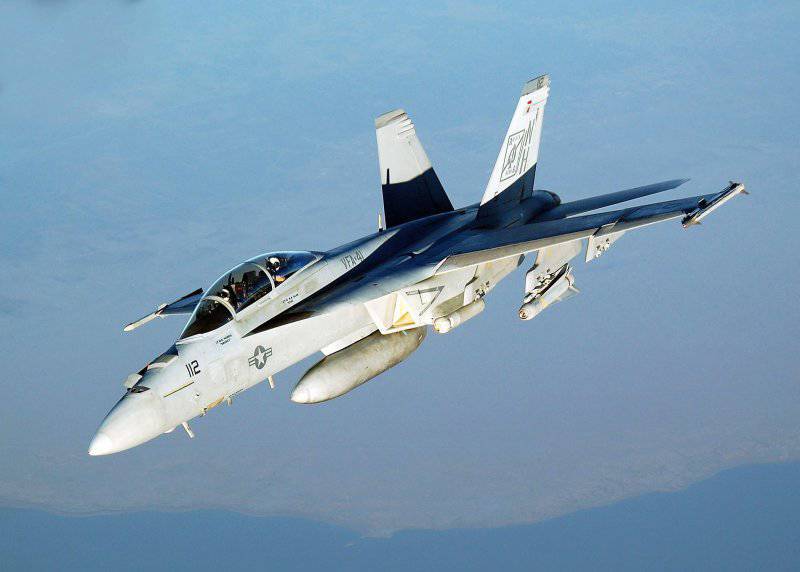
Turkish Terkish Aerospace Industries will complete TFX assessment studies this year. The company offers a deployment plan for these new combat training aircraft after 2023.
Japan, although it chose the F-35 to replace the F-4EJ fighter fleet and intends to modernize the F-15J fleet, plans to develop an unobtrusive F-3 fighter on its own. The new F-3 in the number of 200 units can begin to replace the F-2 in the first half of the 2030-s, and the F-15 - in the second half of the third decade. The reduced technology fighter demonstrator of this fighter will start flying in the 2014 year.
India’s program to develop its own Tejas LSS is not going as planned. The first 40 aircraft "Tejas" Mk1 became operational in 2012 year, but the machine has an increased mass and insufficient power characteristics of the power plant, which do not meet the requirements of the technical specifications of the Air Force. It is planned to develop a variant Mk2 with a more powerful powerplant F414 of General Electric, which should be used by the Air Force (80 machines) and Naval Forces (50 machines) of India. Although New Delhi began developing a promising medium combat aircraft, the next major fighter program will be the joint creation of the fifth generation FGFA (Fifth-Generation Fighter Fircraft) fighter with Russia - a variant of the Russian T-50 fighter that is in the flight test phase and will have to enter The composition of the Russian Air Force in 2017 year. According to preliminary plans, India intends to purchase 144 single FGFAs to replace the Su-30MKI park from 2020 of the year.
Pending the adoption of the T-50, the Russian Air Force is implementing plans to build up its fighter fleet, adopting the 12 new single Su-27М3 and four two-seater Su-30М2, as well as carrying out modernization of other types of aircraft. By 2015, the new improved Su-48С and 35 two-seater Su-30МК should be adopted by the 30. The Air Force will also receive up to 2020, the 92 new Su-34. These orders will support the release of the Su-27 / Su-30 family to ensure their export deliveries for several years.
China is currently implementing at least six combat aircraft development programs. These include the single-engine J-10B from Chengdu and the twin-engine J-11B from Shenyang, as well as the J-15 and the double deck fighter J-15S based on the Russian fighter from Su-33 developed by Shenyang. Two new prototypes of low-profile fighters are being tested in China: J-20 from Chengdu weighing 33 000 kilograms made its first flight in January 2011 of the year and X-dialing 31 17 kilograms flying in October to 500 X. According to Chinese sources, the Raptor J-2012 of the F-20 class will be put into service in the 22 year. The situation with J-2019 is not so clear, but AVIC (Aviation Industry Corporation of China - AVIC) plans to offer it for export. It is not excluded that after the appearance of the Chinese low-profile fighters, as well as after the completion of the F-31 production and the delay in adopting the F-22 family, the US Department of Defense accelerated plans to create superiority fighter jets in the air of the sixth generation. In October, the Pentagon 35 outlined plans for an 2012 month-to-month refinement of the concept of a new aircraft, funded by the US Department of Advanced Studies Directorate, which could lead to the creation of a prototype new fighter over the next five years. At the same time, experts do not expect that the sixth generation fighter for the Air Force and the US Navy can be deployed even after 18.
Training aircraft
The commissioning of advanced fighters “warms up” the TCB market, as the air force constantly raises the requirements for flight crew training. According to the forecast of American analysts in 2013 – 2017, almost 480 advanced TCB will be supplied, and Pilatus (31 percent) and Embraer (16 percent) will be leaders in this market. The deal with Iraq for the supply of 28 TCB L-159 led to the resumption of production of these aircraft by Aero Vodohody. BAE Systems has received an order for 22 TC Hawk from Saudi Arabia and is negotiating the supply of 20 such aircraft to India, which allows the Hawk to continue production until the year 2015.
Israel ordered 30 TCB M-346 from Aleniya Aermakki, which will begin shipping in 2014 after these aircraft received the Italian and Singapore Air Forces.
Indonesia ordered the X-NUMX T-16 aircraft from the South Korean company KAI.
Hawk, M-346 and T-50 are the leaders among foreign control centers in the upcoming US Air Force tender to replace obsolete T-38 aircraft. However, the technical requirements for this competition have not yet been determined, and funding remains in question.
Turboprop TCB also remain in demand in the market. Embraer continues to find customers for its EMB-314 Super Tukano and will participate in the 2013 year in the tender of the US Air Force for a light strike aircraft, where he will be competing with Beechcraft's AT-6. On Pilatus PC-21 in 2012, an order was received from Saudi Arabia for 55 machines, and from Qatar for 24 machines. The start of deliveries is planned for 2014 year.
In the forecast of American analysts for the TCB market, nothing is mentioned about the Russian Yak-130, which is supplied to the Algerian Air Force in the number of 16 units. Rosoboronexport and Irkut Corporation are actively promoting this car not only in the Asia-Pacific and Middle Eastern regions, but also in Latin America. In particular, as Deputy Director General of Rosoboronexport Viktor Komardin reported at the Lima-2013 showroom, Bangladesh is considering the possibility of acquiring 24 Yak-130. It is quite obvious that there will be other buyers for such a great product of Irkut Corporation.
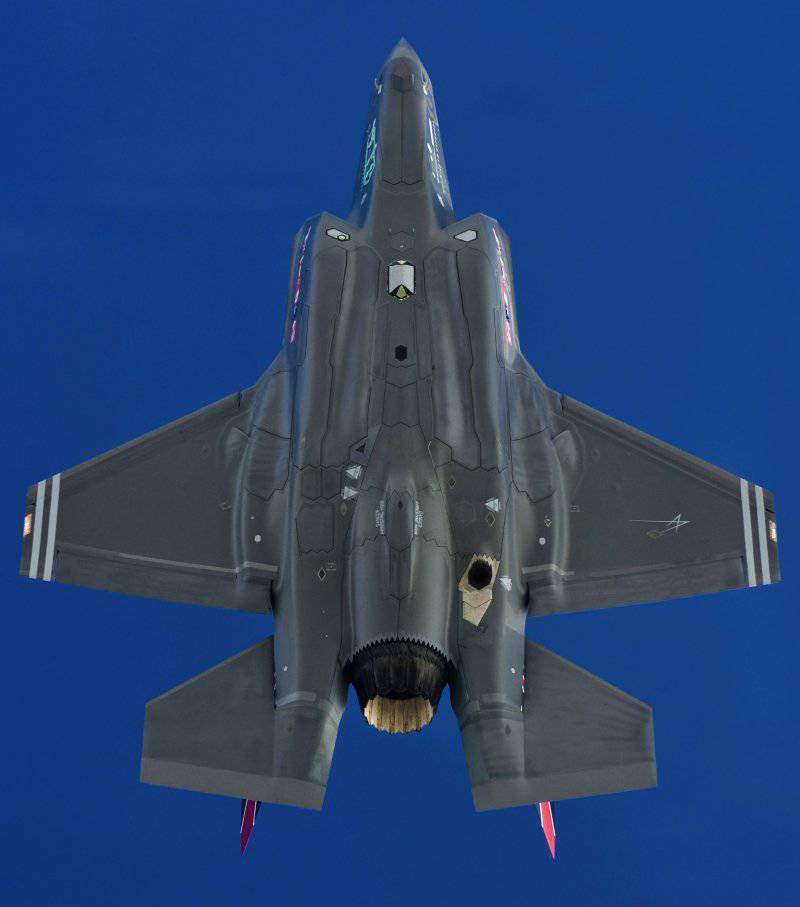
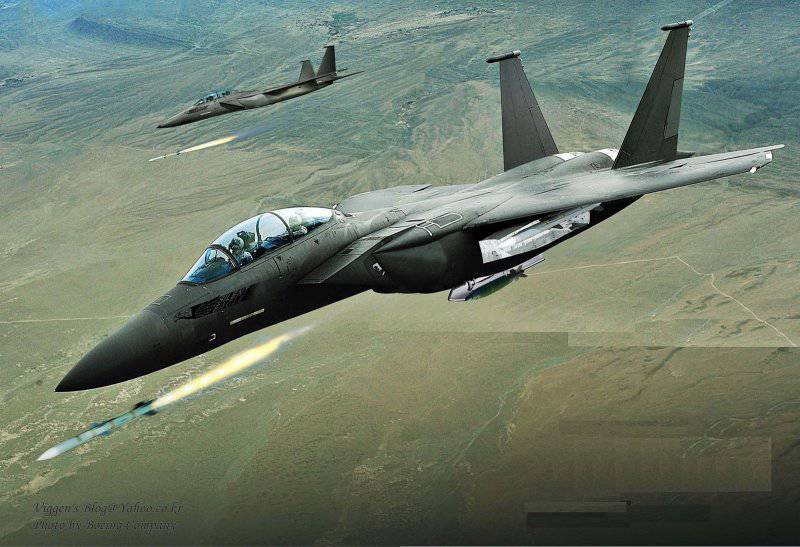
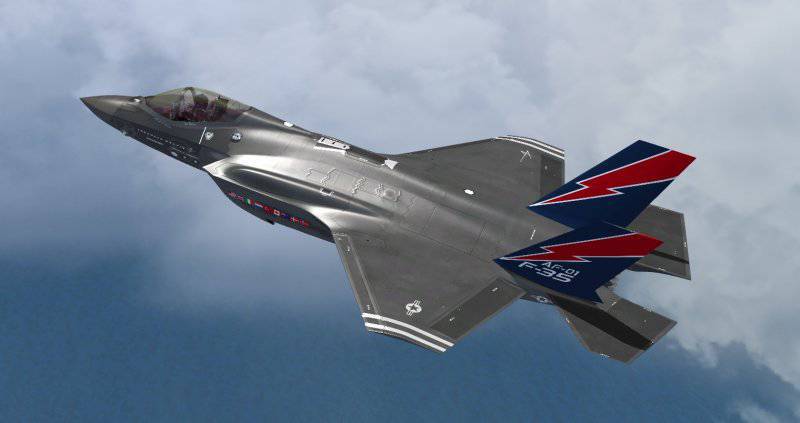
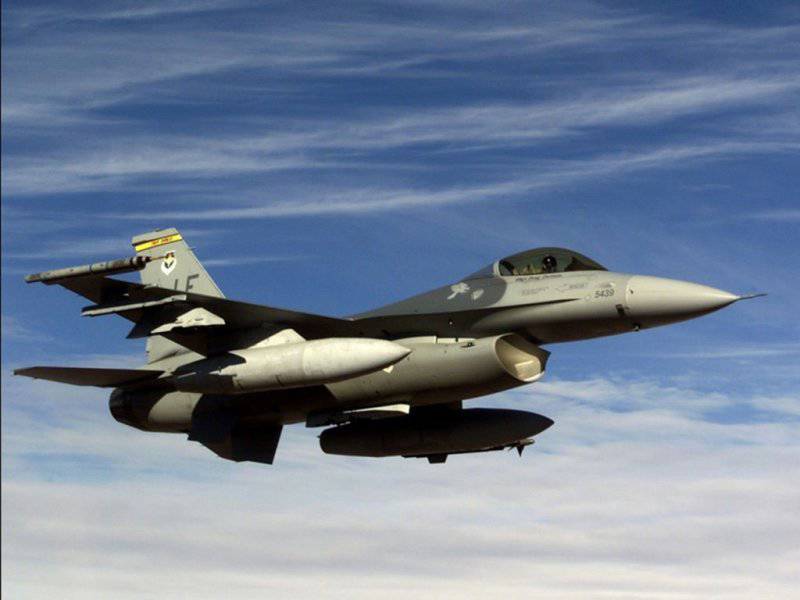
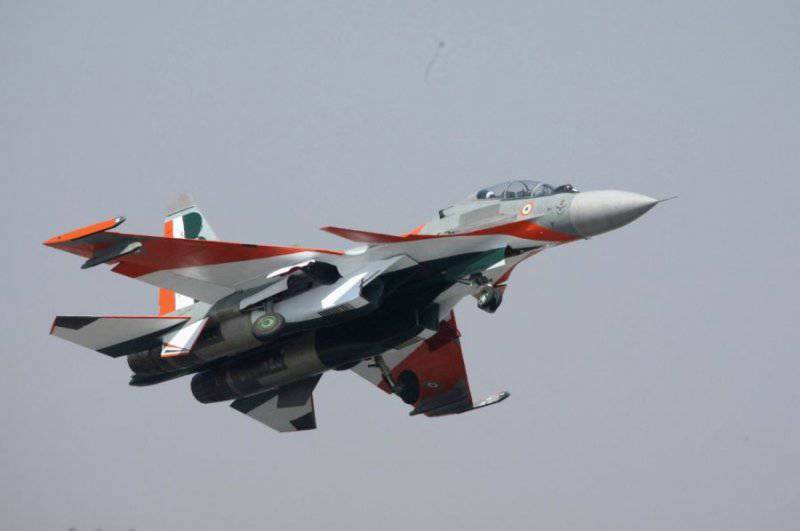
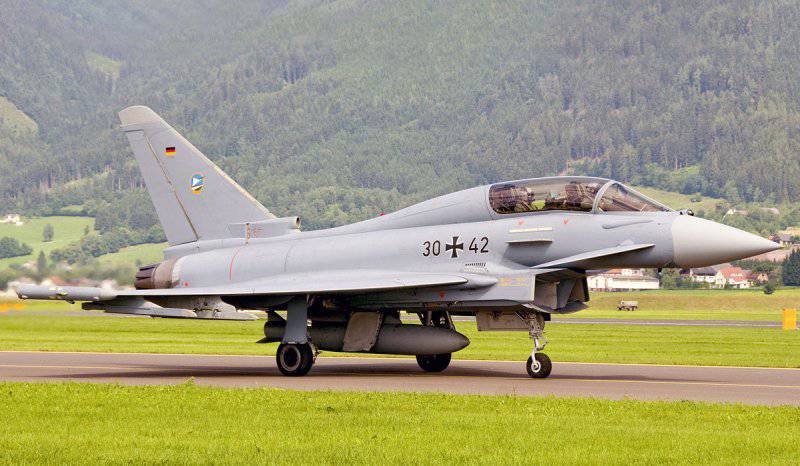
Information